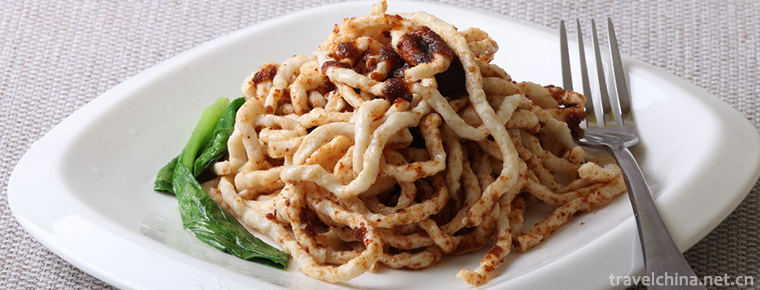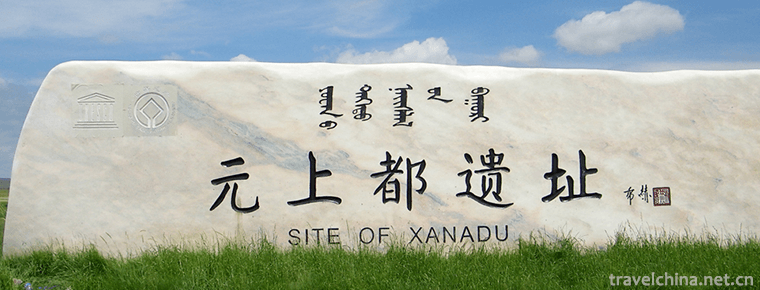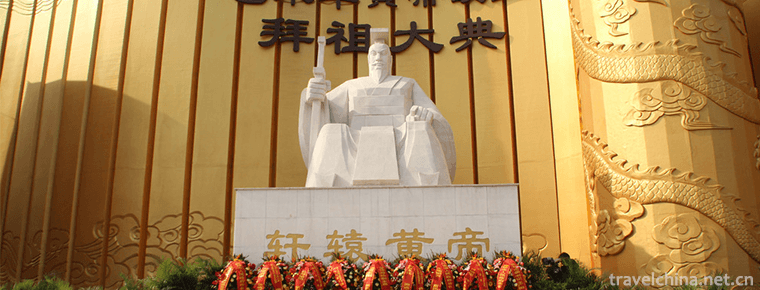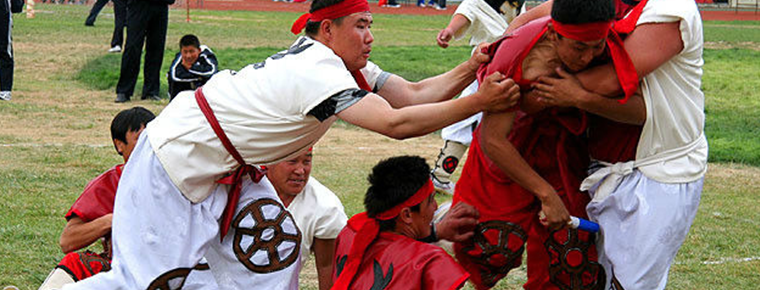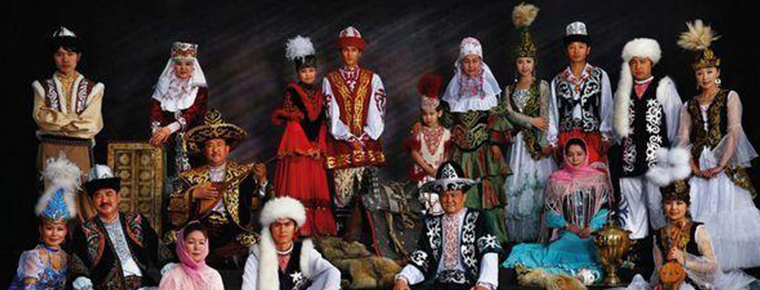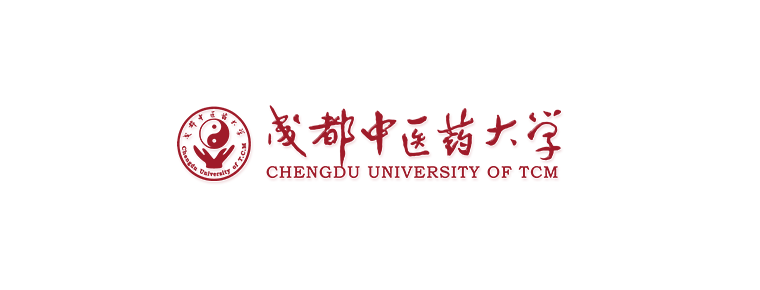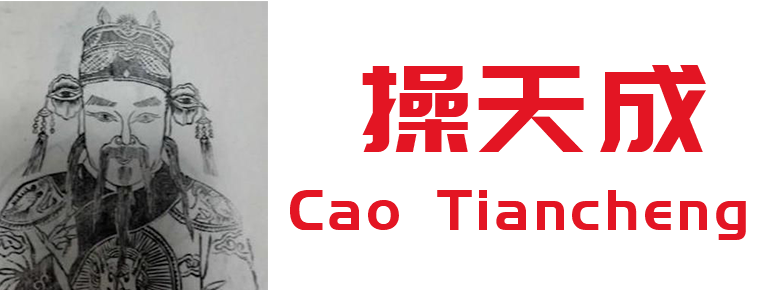Gufo weir
Gufo weir
Located in Huanglongxi section of Jinjiang River in Chengdu, Gufo weir was built in the 25th year of Qianlong reign. Zhangfengzhu, the magistrate of Pengshan County, built a weir to irrigate Huayang, Renshou and Pengshan Sanyi fields. At the head of gufoyan weir, there are 1200 meters of artificially excavated stone canals, of which 600 meters are covered to build the current Gufo cave Town neighborhood, and a 300 meter tunnel goes south around the mouth of the mountain to the estuary of Pengshan County. Up to now, it still irrigates 13115 mu of good farmland in three counties.
Historical evolution
According to the annals of Huayang County of the Republic of China, "in the 25th year of Qianlong reign, Zhang Fengzhu, the magistrate of Pengshan County, visited the ancient Buddha cave. The water potential of Jinjiang River was slightly higher, and the water diversion could be divided into Huayang, Renshou and Pengshan. Because of the detailed investigation, the construction was started in October of the 28th year, and the construction was completed in February of the following year. The ancient Buddha weir was built with bamboo cages and stones, leading the Fuhe River into the channel from the right bank, passing through luojiazhong dam for about one kilometer to the outlet of dongguapaihao ditch. It flowed southward for more than 20 meters and was covered with over 1200 meters of stone canals, of which about 600 meters were built, It is the ancient Buddha cave site; it flows hundreds of meters southward and turns westward, passing through the stone canal and a section of tunnel with a length of more than 400 meters, and then flows southward around the mouth of jijiguai mountain and reaches Huangfen mountain through the open area of jiahezhuang village; then it passes through 300 meters of tunnel and 700 meters of Shiqu (average depth of 7 meters) to reach Huanglongxi Pingba. Later, it meanders along the foot of Muma mountain to Jiangkou of Pengshan County. At first, the weir irrigated 11916 mu of farmland, including 1716 mu in Huayang County, 3700 mu in Renshou County and 6500 mu in Pengshan County. In the 28th year of the Republic of China, the irrigation area was reduced to 4186 Mu due to poor maintenance of the project, including 700 mu in Huayang County, 1596 mu in Renshou County and 1890 mu in Pengshan County. It was restored to 11972 mu in 1954 and expanded to 13115 mu in 1960.
Flood control and control
Up to now, the river bank at the outlet of Gufo weir has become a deep channel due to the scour of the torrent. The flood control situation of this reach is very serious. In order to completely renovate this section of the river bank, the County Water Affairs Bureau entrusted the engineering design and Research Institute of Sichuan University to design according to the flood control standard of 5-year return period. The flood control dike will be built from the outlet of Gufo weir, which will not touch the ancient weir, but also strengthen the dam. A permanent flood control dike of 300 meters will be built in Dongyue Village, a permanent slope protection of 300 meters will be built in Zhongba village, and the dam height along the bank will be about 6 meters, which can resist the sediment on both sides of the river in flood season.

-
sate noodles
The only disciple chef Wang Daquan who teaches Shacha Noodle recipe by the master of Southern Fujian cuisine Yang Jibo inherits the tradition and makes it flourish. The main ingredients of Shacha sauc.
Views: 170 Time 2018-11-02 -
Changchun Movie Wonderland
Changchun Movie Wonderland, located in Nanguan District, Changchun City, Jilin Province, was founded in 2003. It is a comprehensive tourist area integrating science and technology.
Views: 198 Time 2018-12-05 -
Hometown of Huang Di
The scenic spot of Huangdi's hometown is located in Xuanyuan Road, Xinzheng City, Zhengzhou City, Henan Province. It is the residence of Xiong clan recorded in the history.
Views: 162 Time 2019-01-18 -
Weihai Tianmu Hot Spring Resort
Tianmu Hot Spring Resort Project invested 600 million yuan by Zhuhai Tianmu Group. A total of 35,000 square meters were opened in September 2008..
Views: 80 Time 2019-02-22 -
Ewenke to seize the pivot
Pivot-snatching is a traditional competitive event of Ewenki nationality. It was performed by the representative team of Inner Mongolia Autonomous Region in the 6th National Minority Traditional Sport.
Views: 139 Time 2019-04-28 -
Kazakh medicine
Since the pre-Qin Dynasty, the Kazakh people have multiplied and lived in the vast grasslands and some agricultural areas in Northwest China. They have accumulated rich medical experience in productio.
Views: 390 Time 2019-05-02 -
Huizhou three carving
The three carvings in Huizhou are a kind of local traditional carving art. They refer to three kinds of local traditional carving crafts, i.e. wood carving, stone carving and brick carving, .
Views: 144 Time 2019-05-04 -
Mianzhu Wood Engraving New Year Picture
Mianzhu New Year Picture, also known as Mianzhu Wood Printing New Year Picture, is one of the Chinese Folk Woodcut New Year Pictures. It is named for Mianzhu City, Sichuan Province.
Views: 66 Time 2019-06-04 -
Chengdu University of TCM
Chengdu University of Traditional Chinese Medicine, formerly known as Chengdu College of Traditional Chinese Medicine, was founded in 1956. It was one of the earliest four Chinese medical colleges and.
Views: 222 Time 2019-08-31 -
Cao Tiancheng
Cao Tian Cheng, Sui Dynasty people. According to the history of Sui Dynasty in the twenty four histories, Cao Tian is also known as "Tiancheng". Ask for advice Bo Yang, Jiangxi. At the end o.
Views: 203 Time 2019-09-14 -
Shicheng mountain
It is located in Shicheng mountain, Hengjiang Town, Xuzhou District, Sichuan Province. The total area is 5500 mu, including 4100 mu of forest. Shicheng mountain inclines from southwest to northeast. It has a good momentum.
Views: 133 Time 2020-10-16
